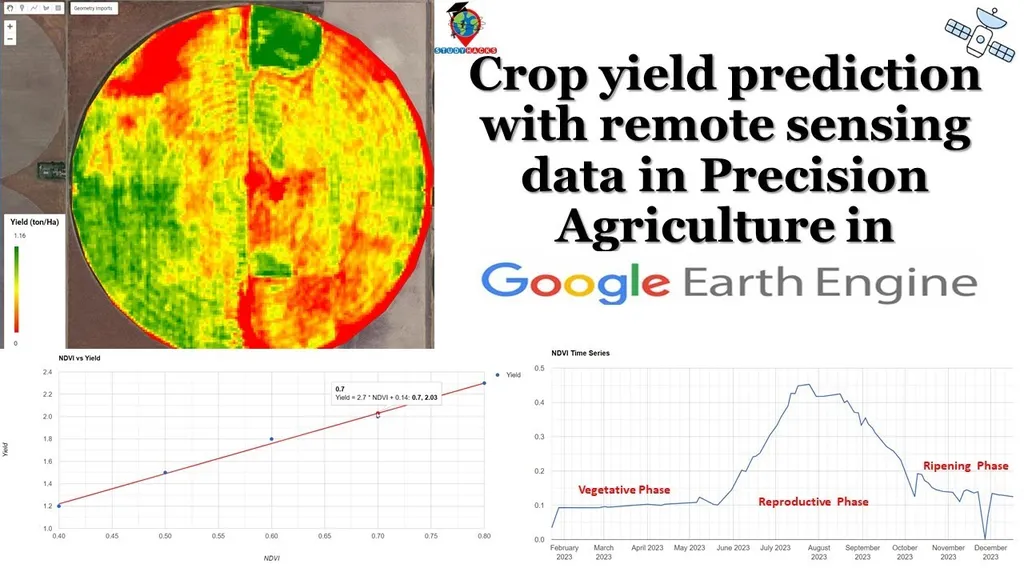In the heart of China’s Zhejiang province, researchers at Zhejiang University are pioneering a new approach to crop yield estimation that could revolutionize agricultural management and food security. Led by Zhen Zhao from the Institute of Applied Remote Sensing and Information Technology, the team has developed a novel method to derive the relative growth rate (RGR) of rice crops using remote sensing technology. Their findings, published in the IEEE Journal of Selected Topics in Applied Earth Observations and Remote Sensing, could have significant implications for the energy sector, particularly in optimizing biofuel production and supply chain management.
The study introduces a remote sensing-based formula to calculate RGR, a common crop growth index that has traditionally been used in crop growth analysis but not extensively explored for remote sensing-based yield estimation. “We wanted to bridge this gap and see if RGR could provide more accurate and robust yield predictions,” Zhao explains. The team compared the performance of RGR-based models with other commonly used predictors, such as various vegetation indexes and biophysical indicators.
The results were promising. The RGR-based models outperformed the other models, both individually and when combined with environmental indicators. The models demonstrated superior spatial robustness and temporal scalability, achieving high accuracy up to 16 days before maturity. “This means farmers and agricultural managers can make more informed decisions earlier in the growing season,” Zhao notes.
The implications for the energy sector are substantial. Accurate yield estimation is crucial for biofuel production, as it allows for better planning and resource allocation. With more precise predictions, energy companies can optimize their supply chains, reduce costs, and improve overall efficiency. Additionally, the ability to monitor crop growth remotely can help identify potential issues early, allowing for timely interventions that can prevent yield losses.
The study also sheds light on the interpretability of the models. The RGR from the vegetative growth phase to the early reproductive phase was found to be more influential on yield than in the late reproductive phase. This insight could help farmers and agricultural managers focus their efforts on the most critical periods of crop growth.
As the world grapples with the challenges of climate change and food security, innovations like this are more important than ever. The research conducted by Zhao and his team at Zhejiang University represents a significant step forward in the field of remote sensing-based yield estimation. Their work not only has the potential to improve agricultural management practices but also to shape the future of the energy sector.
In the words of Zhao, “This is just the beginning. We hope our work will inspire further research and application of remote sensing technology in agriculture and beyond.” With the continued advancement of remote sensing technology and machine learning algorithms, the possibilities are endless. The future of agriculture and energy is looking brighter, one pixel at a time.

